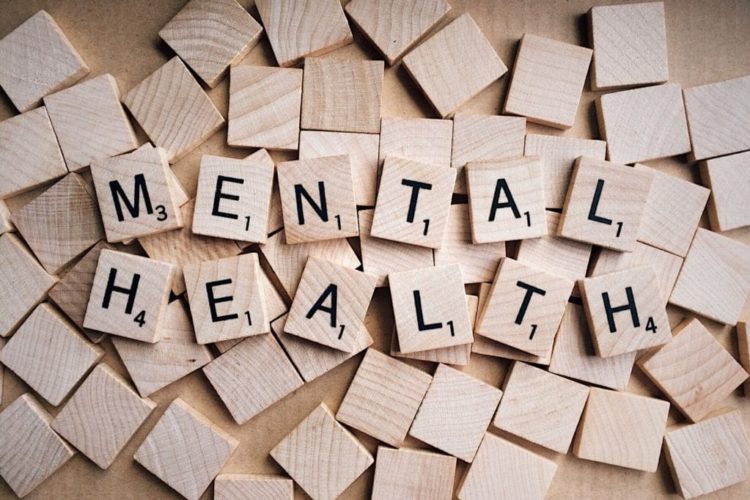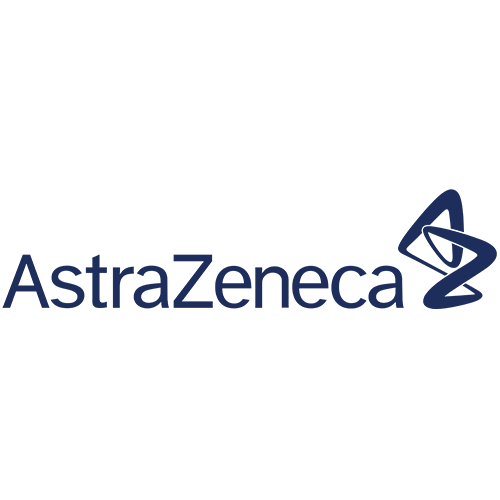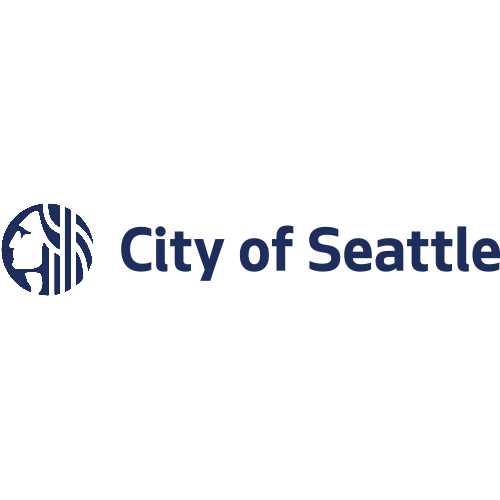Mental And Behavioral Health Emergency Response
Reports of anxiety, depression and mental illness have increased since the pandemic hit — as much as 50% according to some studies. In addition, 13% of Americans reported starting or increasing substance use as a way to cope with the effects of the pandemic. All of this means an increased need for resources related to mental and behavioral health.

Critical Mental Health Communication & Collaboration
Mental health crises and related events are incredibly complex, from both a community perspective and a response resource perspective. It requires the collaboration and notification of multiple parties. A mental or behavioral health event can affect everyone, from a community’s residents to local government officials, safety and security personnel, emergency responders, business leaders, human resource teams and campus officials.
In the event of a mental health crisis, an emergency response system can ensure that the necessary personnel are notified and are able to respond. A system like this could also notify local government officials, security and safety personnel, human resources staff, mental health services and those in the area to keep everyone safe. It could also connect 9-1-1 telecommunicators, first responders, mental health personnel and other professionals with the information they need to improve outcomes.
How Can a Critical Communication Tool Support Mental & Behavioral Health?
As mental and behavioral health crises rise and events that require support increase, it’s critical to support residents, students, faculty and employees. Answering a call or arriving on the scene about a mental or behavioral health crisis is full of complexities for first responders, campus safety officials, security personnel and other necessary staff. There might be a lack of knowledge or history about the individual in need or not enough details about the situation. Officials in state and local governments, higher education institutions, healthcare facilities and businesses may also struggle to find ways to engage with their communities about mental and/or behavioral health support and assistance.
A critical communication and collaboration platform allows first responders to properly support an individual in crisis. The platform would also be able to help the responding personnel to coordinate and collaborate together to improve outcomes for those involved. With the support of a platform like this, first responders, campus safety officials and security personnel would have a better understanding of what’s happening on the scene, so the appropriate resources will have an improved response.
A truly comprehensive platform would also help all stakeholders stay in the know. It also enables residents, students, faculty and employees assistance to find the resources they need. Plus, a critical communication platform like this would strengthen everyone’s ability to work together, from 9-1-1 telecommunicators to safety personnel to local government officials to the caller or individual in crisis. Ultimately, a platform like this will allow responding personnel to address these challenging situations and access the information they need ahead of time to respond accordingly. Reducing response times and improving response accuracy can improve outcomes for anyone involved.
The Features and Benefits of Mental & Behavioral Health Solutions
A proper critical communication and collaboration system should allow for sharing vital information between key stakeholders, bolstering the ability to dispatch the proper care or resources to the scene.
Ensure all the right people get the right message at the most critical times via multiple channels of communication, including SMS text, email, social media, desktop alerts and digital signage.
View a building or evolving emergency situation in real time so first responders, safety officials and others will have a better understanding of what’s happening before they arrive on scene.
Support first responders, campus safety officials, leaders and others with a case-specific task list that helps them care for an individual in crisis faster and more effectively.
Supply a 9-1-1 team with emergency type, location, key contact information, facility layout and emergency response plans when the platform’s mobile app is activated. Telecommunicators can send messages to on-site contacts as the incident unfolds.
Enable administrators to check in with their staff about wellness checks. School administrators can also check in with parents about their child’s health and wellness.
Emergency buttons and two-way confidential communication abilities make it easy for stakeholders to instantly connect to 9-1-1, first responders and necessary personnel in the event of a mental and/or behavioral health crisis. This is especially relevant in office buildings, schools, universities and government buildings to support individuals in crisis, but also to notify necessary parties in the event of a wider scale emergency.
Access residents’ information from personal safety profiles they created to include the names of family members, pets, home address, diagnoses and medications. Share data across agencies, so 9-1-1 teams and first responders will have a clear understanding about the resident in need.
Directly connect to security or 9–1–1 through an emergency call button. If it is unsafe to speak during a situation, they can send a text message and a picture, and share or stream their location real time. The app also houses a centralized content directory that can include helpful mental health resources like a call directory of important numbers or hotlines, and a virtual safety timer.
How To Evaluate Mental & Behavioral Health Community Solutions
9-1-1 telecommunicators, first responders, safety and security personnel, student affairs directors and others face a major challenge when it comes to protecting the mental health and safety of their communities: Having a reliable resource that provides communication and strengthens their ability to collaborate and coordinate so they dispatch the appropriate resources. Jumping between systems or asking those in the front lines to contact other organizations during a crisis isn’t reasonable and, in many cases, isn’t possible. To improve outcomes of a mental health or safety challenge, it’s vital that everyone involved knows where to go. That’s why it’s so important to choose an all-in-one critical communication and collaboration platform.
Before committing to one system for your community, school, university, healthcare facility, company or organization, there are a few factors to consider. Because individuals, businesses, hospitals, schools and communities are at risk if a mental and/or behavioral health crisis isn’t properly responded to, it’s critical that a collaboration tool offers full coverage — from first notification to final resolution — for all parties involved.
Accessible To All Stakeholders
While first responders, local governments, safety and security personnel and employers need access to a mental and behavioral health communication platform, a community’s residents, students, faculty and employees do as well. Crowdsourcing information about an individual’s safety profile, offering support for those with mental or behavioral health challenges and making it easy for witnesses to give an accurate report of what’s happening is critical. A critical communication and collaboration solution should allow a 9-1-1 call to support the individual in crisis, the caller and the responders.
Two-Way Communication
A critical communication and collaboration platform should also allow for two-way communication. This allows all parties involved to have a real-time understanding about the situation, as well as make it possible to notify 9-1-1 and safety officials if a caller is unable to speak. Telecommunicators can collect information through text messages and share it with first responders. A close friend or relative can also inform 9-1-1 about a loved one’s situation and a telecommunicator can initiate a two-way text conversation with the person in need. Corporations, higher education institutions, state and local governments, healthcare organizations and schools could also poll their employees or ask for updates that can be reviewed for support needs and create safety protocols everyone can access.
360-Degree Coverage In A Single Application
When a community, school, university, business or healthcare facility is experiencing a mental and/or behavioral health crisis or life-threatening event, time is of the essence. The right platform would allow stakeholders to instantly connect to 9-1-1, first responders and necessary personnel to share critical response data (e.g., location and type of emergency) — all from the same solution. It could also automatically trigger mass notifications, digital signage, case-specific tasks and more. No need to move between applications or have tools that only a select few can access.
A Focus On Mental Health
While the technical advantages of a collaboration platform are critical to improving outcomes, it’s also important to focus on supporting the mental and/or behavioral health needs of residents, students, faculty and employees. A call to 9-1-1 to address a mental and/or behavioral health crisis requires a response from the right teams with the resources they need to mitigate risks. The right tool for your organization or community is the one that puts the safety and care of those involved first.
Crowdsourced Profiles + Floor Plans
By crowdsourcing information about an individual’s safety profile (including their name, diagnoses, contacts, etc.), first responders can dispatch more equipped resources. It also allows for faster care and notification, reducing critical time delays. A collaboration system could also crowdsource information about buildings, allowing first responders to access situation-specific details, including emergency exits, utilities and fire/security alarms.
Mass Notification
A mass notification system, which is part of the collaboration platform, would allow key stakeholders to send internal messages across agencies, departments or organizations and external messages out simultaneously through text, email, voice calls, IPAWS, digital signage and desktop alerts — all from a single launch point. Residents, faculty, staff, students and employees can receive messages in the modes and languages they prefer.
Emergency Buttons
An emergency system like this would also offer emergency buttons, making it easy for stakeholders to instantly connect to 9-1-1, first responders and necessary personnel to assist someone having a mental and/or behavioral health crisis or to notify of an event that is unfolding. This is especially relevant in office buildings, schools, universities and government buildings.
Webinar
Addressing Mental Health for Improved Community Safety
Approximately 10% of police calls involve a person with mental health issues. Ignoring mental health concerns in your community can potentially have a major, wide-reaching impact.
Former Dallas Police Chief David Brown shares insight and real-world situations where he helped spearhead efforts to promote greater mental health awareness among his team and in his community policing.

Customer Success Stories
Trusted by Thousands of Organizations
Thousands of customers trust Rave to help protect their employees, students, and residents. Our customers include some of the largest communities, most respected companies, and best known colleges and universities in the world.






Mental And Behavioral Health Emergency Response Frequently Asked Questions
Talk With An Expert
Discover our prepackaged solutions or configure a package that’s right for your community, company, K-12 schools and higher education system. Learn how you can be up and running in days, take advantage of unlimited emergency usage, and benefit from unbeatable performance and customer satisfaction.
